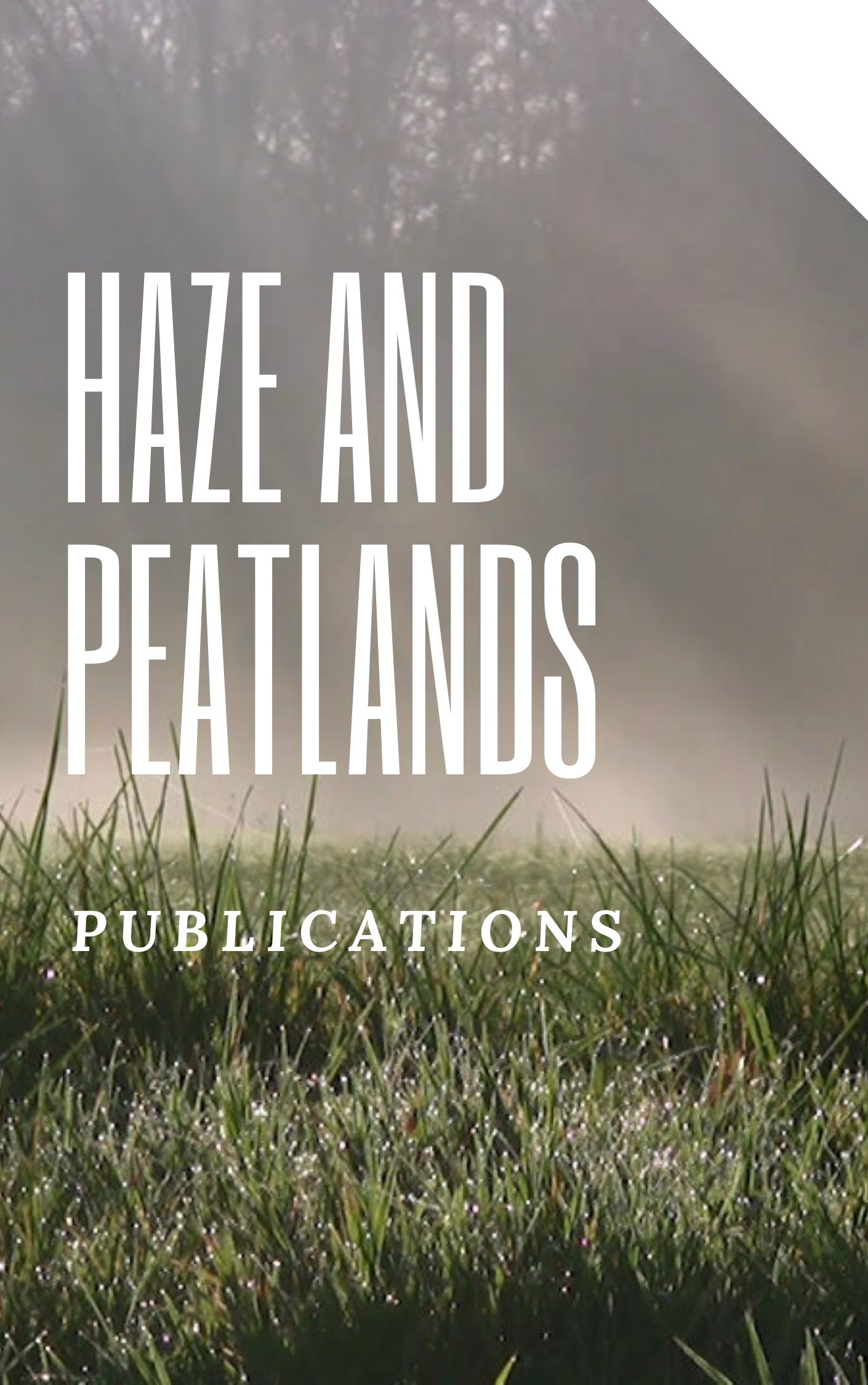There are limited data for greenhouse gas (GHG) emissions from smallholder agricultural systems in tropical peatlands, with data for non-CO2 emissions from human-influenced tropical peatlands particularly scarce. The aim of this study was to quantify soil CH4 and N2O fluxes from smallholder agricultural systems on tropical peatlands in Southeast Asia and assess their environmental controls. The study was carried out in four regions in Malaysia and Indonesia. CH4 and N2O fluxes and environmental parameters were measured in cropland, oil palm plantation, tree plantation and forest. Annual CH4 emissions (in kg CH4 ha(-1) year(-1)) were: 70.7 +/- 29.5, 2.1 +/- 1.2, 2.1 +/- 0.6 and 6.2 +/- 1.9 at the forest, tree plantation, oil palm and cropland land-use classes, respectively. Annual N2O emissions (in kg N2O ha(-1) year(-1)) were: 6.5 +/- 2.8, 3.2 +/- 1.2, 21.9 +/- 11.4 and 33.6 +/- 7.3 in the same order as above, respectively. Annual CH4 emissions were strongly determined by water table depth (WTD) and increased exponentially when annual WTD was above -25 cm. In contrast, annual N2O emissions were strongly correlated with mean total dissolved nitrogen (TDN) in soil water, following a sigmoidal relationship, up to an apparent threshold of 10 mg N L-1 beyond which TDN seemingly ceased to be limiting for N2O production. The new emissions data for CH4 and N2O presented here should help to develop more robust country level 'emission factors' for the quantification of national GHG inventory reporting. The impact of TDN on N2O emissions suggests that soil nutrient status strongly impacts emissions, and therefore, policies which reduce N-fertilisation inputs might contribute to emissions mitigation from agricultural peat landscapes. However, the most important policy intervention for reducing emissions is one that reduces the conversion of peat swamp forest to agriculture on peatlands in the first place.
View source

